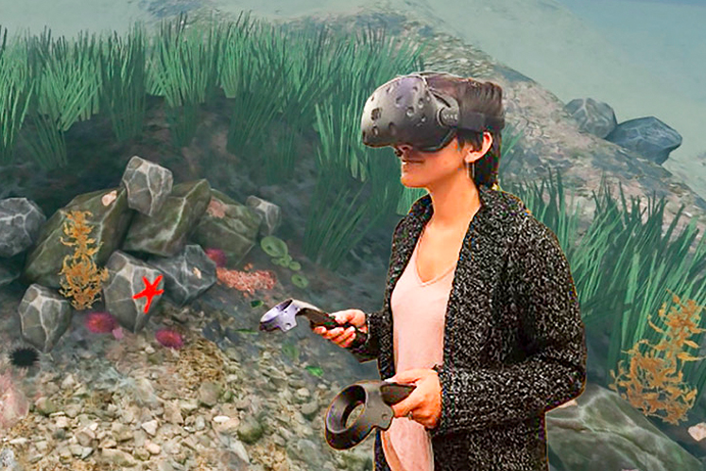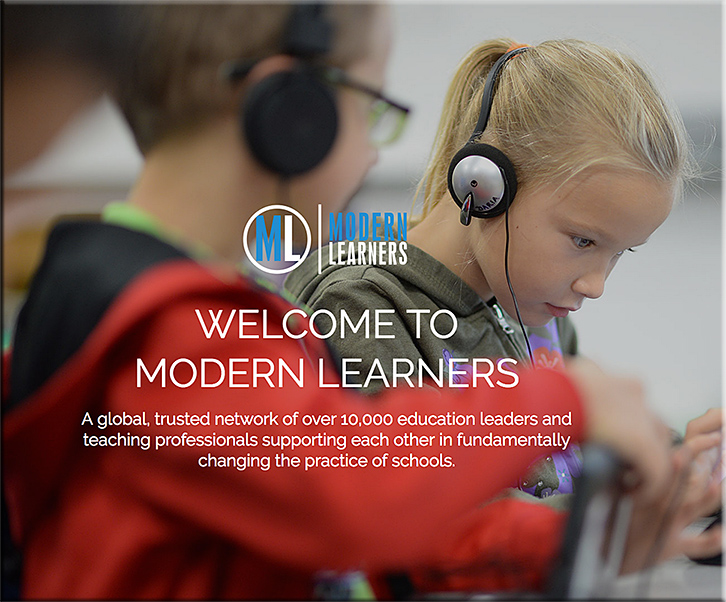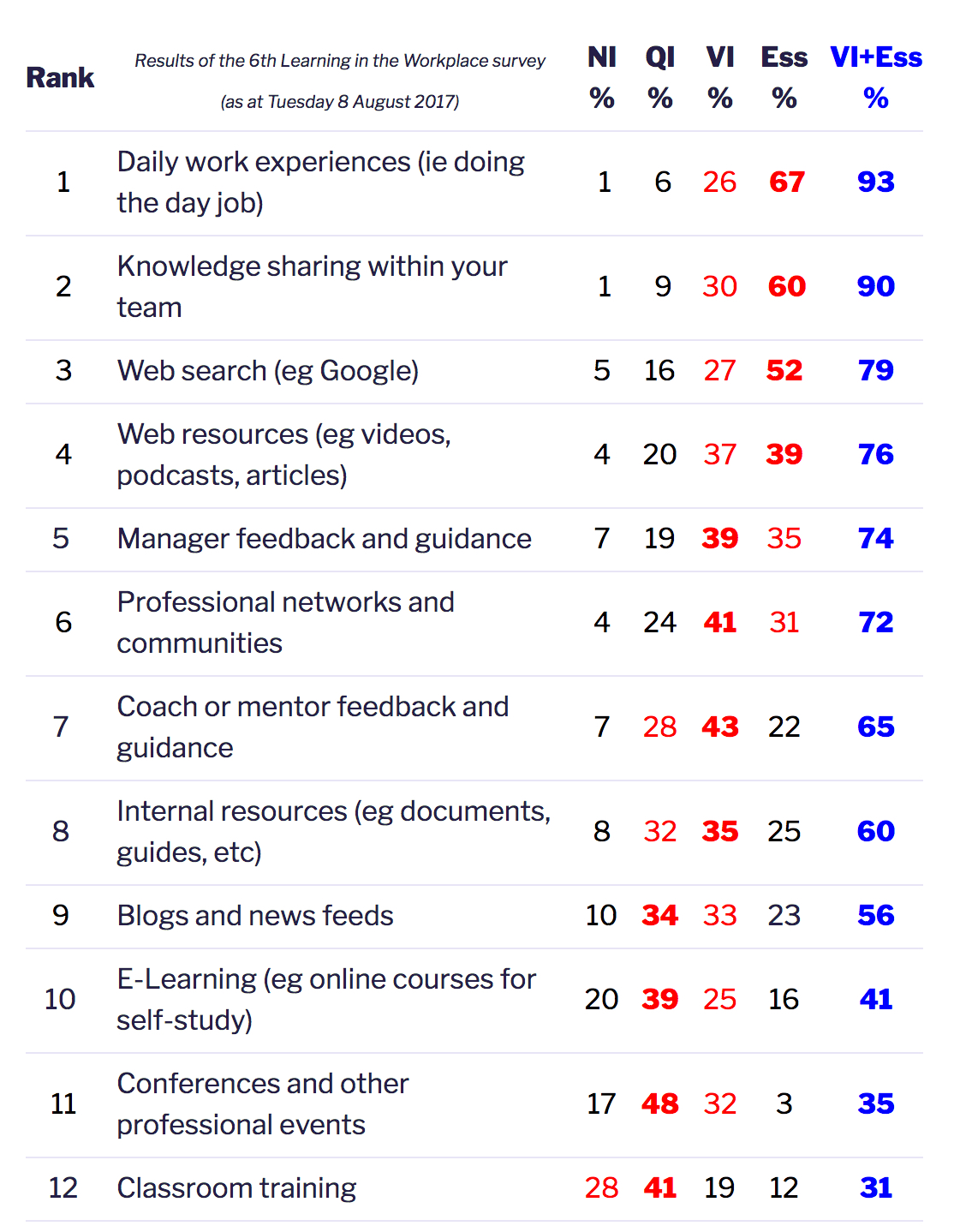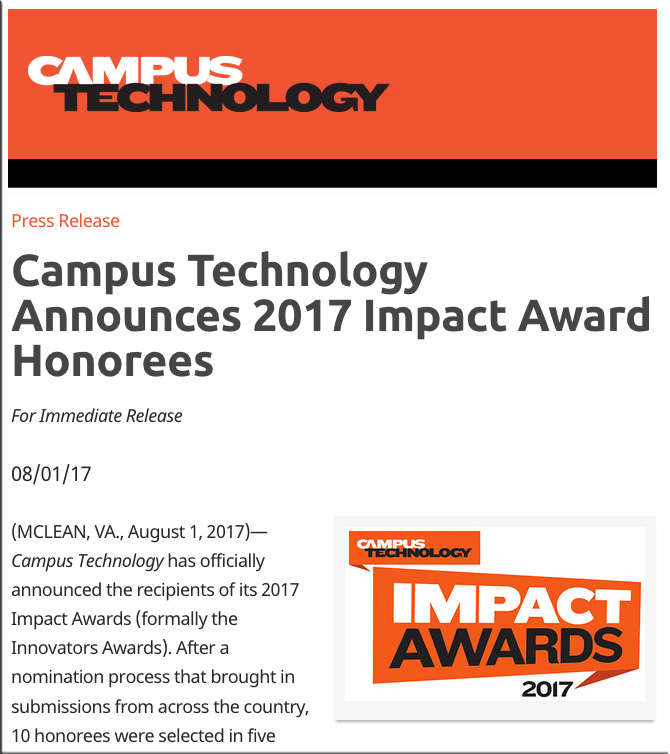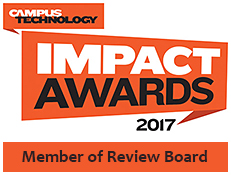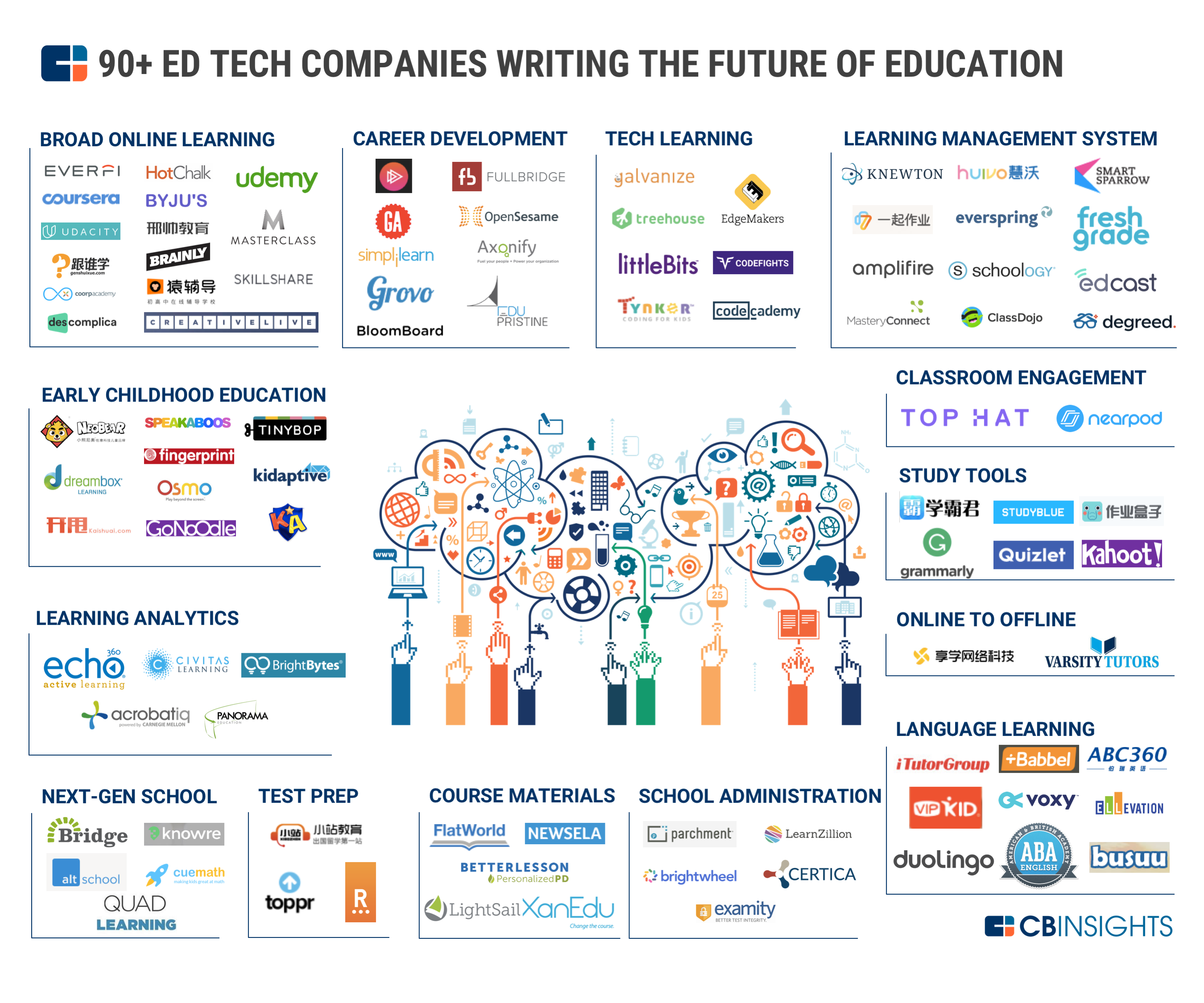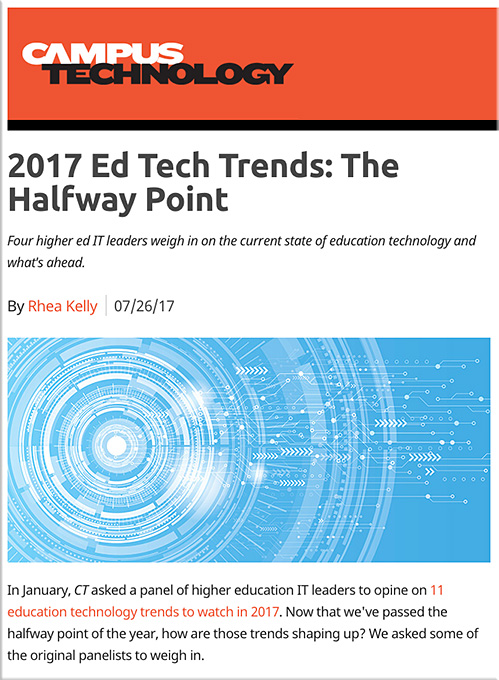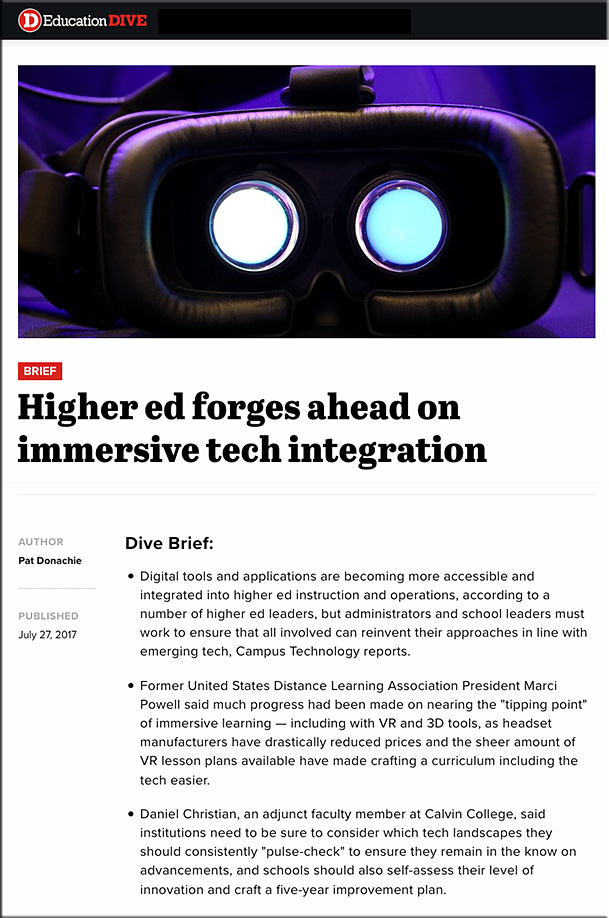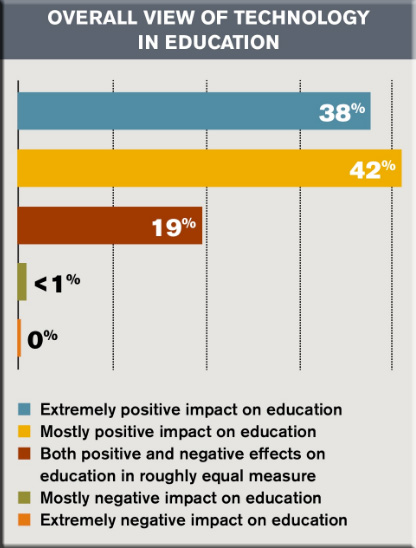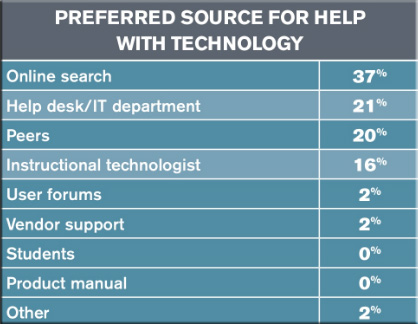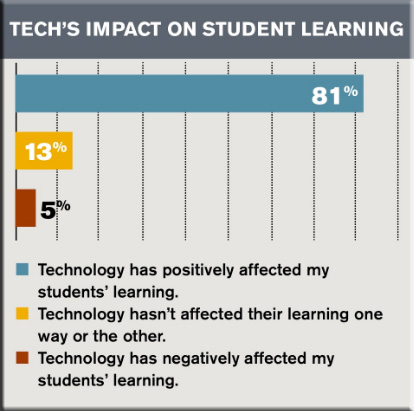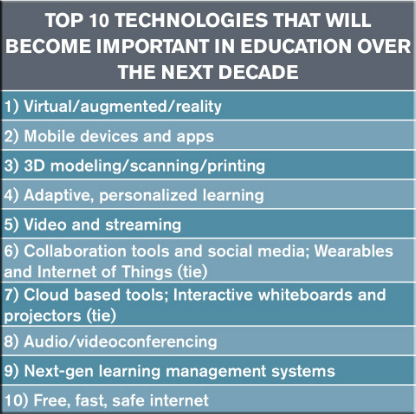Future Forward: The Next Twenty Years of Higher Education — from Blackboard with a variety of contributors
Excerpts:
As you read their reflections you’ll find several themes emerge over and over:
- Our current system is unsustainable and ill-suited for a globally connected world that is constantly changing.
- Colleges and universities will have to change their current business model to continue to thrive, boost revenue and drive enrollment.
- The “sage on the stage” and the “doc in the box” aren’t sustainable; new technologies will allow faculty to shift their focus on the application of learning rather than the acquisition of knowledge.
- Data and the ability to transform that data into action will be the new lifeblood of the institution.
- Finally, the heart and soul of any institution are its people. Adopting new technologies is only a small piece of the puzzle; institutions must also work with faculty and staff to change institutional culture.
Some quotes are listed below.
“What’s more, next-generation digital learning environments must bridge the divide between the faculty-directed instructivist model our colleges and universities have always favored and the learner-centric constructivist paradigm their students have come to expect and the economy now demands.”
…
It will be at least 10 years before systems such as this become the standard rather than the exception. Yet to achieve this timeline, we will have to begin fostering a very different campus culture that embraces technology for its experiential value rather than its transactional expediency, while viewing education as a lifelong pursuit rather than a degree-driven activity.
Susan Aldridge
Q: What are the biggest challenges facing higher education right now?
A: I think it is a difficult time for decisionmakers to know how to move boldly forward. It’s almost funny, nobody’s doing five-year strategic plans anymore. We used to do ten-year plans, but now it’s “What’s our guiding set of principles and then let’s sort of generally go towards that.” I think it’s really hard to move an entire institution, to know how to keep it sustainable and serving your core student population. Trying to figure out how to keep moving forward is not as simple as it used to be when you hired faculty and they showed up in the classroom. It’s time for a whole new leadership model. I’m not sure what that is, but we have to start reimagining our organizations and our institutions and even our leadership.
Marie Cini
One of the things that is frustrating to me is the argument that online learning is just another modality. Online learning is much more than that. It’s arguably the most transformative development since the G.I. Bill and, before that, the establishment of land-grant universities.
…
I don’t think we should underestimate the profound impact online education has had and will continue to have on higher education. It’s not just another modality; it’s an entirely new industry.
Robert Hansen
From DSC:
And I would add (to Robert’s quote above) that not since the printing press was invented close to 500 years ago have we seen such an enormously powerful invention as the Internet. To bypass the Internet and the online-based learning opportunities that it can deliver is to move into a risky, potentially dangerous future. If your institution is doing that, your institution’s days could be numbered. As we move into the future — where numerous societies throughout the globe will be full of artificial intelligence, big data, robotics, algorithms, business’ digital transformations, and more — your institutions’ credibility could easily be at stake in a new, increasingly impactful way. Parents and students will want to know that there’s a solid ROI for them. They will want to know that a particular college or university has the foundational/core competencies and skills to prepare the learner for the future that the learner will encounter.
Q: What are the biggest challenges facing higher education right now?
A: I think the biggest challenge is the stubborn refusal of institutions to acknowledge that the 20th century university paradigm no longer works, or at least it doesn’t work anymore for the majority of our institutions. I’m not speaking on behalf of our members, but I think it’s fair to say that institutions are still almost entirely faculty-centered and not market-driven. Faculty, like so many university leaders today who come from faculty ranks, are so often ill-equipped to compete in the Wild West that we’re seeing today, and it’s not their fault. They’re trained to be biologists and historians and philosophers and musicians and English professors, and in the past there was very little need to be entrepreneurial. What’s required of university leadership now looks very much like what’s required in the fastpaced world of private industry.…
If you are tuition dependent and you haven’t figured out how to serve the adult market yet, you’re in trouble.
Robert Hansen
It’s not just enough to put something online for autodidacts who already have the time, energy, and prior skills to be able to learn on their own. You really need to figure out how to embed all the supports that a student will need to be successful, and I don’t know if we’ve cracked that yet.
Amy Laitinen
The other company is Amazon. Their recent purchase of Whole Foods really surprised everybody. Now you have a massive digital retailer that has made billions staying in the online world going backwards into brick-and-mortar. I think if you look at what you can do on Amazon now, who’s to say in three years or five years, you won’t say, “You know what, I want to take this class. I want to purchase it through Amazon,” and it’s done through Amazon with their own LMS? Who’s to say they’re not already working on it?
Justin Louder
We are focused on four at Laureate. Probably in an increasing order of excitement to me are game-based learning (or gamification), adaptive learning, augmented and virtual reality, and cognitive tutoring.
Darrell Luzzo
I would wave my hand and have people lose their fear of change and recognize that you can innovate and do new things and still stay true to the core mission and values. My hope is that we harness our collective energy to help our students succeed and become fully engaged citizens.
Felice Nudelman









